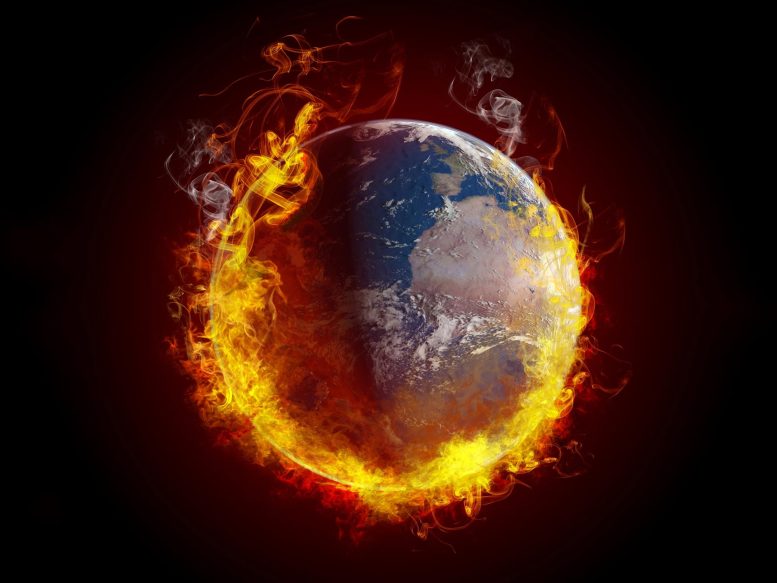University of Miami researchers discover that a swath of cooling water in the subpolar region is unrelated to an ocean circulation slowdown.
The pattern of temperature change in the world’s oceans may not be a sign of an impending abrupt climate change event, as depicted in the film “The Day After Tomorrow,” according to a new study from researchers at the University of Miami’s (UM) Rosenstiel School of Marine, Atmospheric, and Earth Science.
In order to explore a pattern of temperature change in a region of water in the subpolar North Atlantic known as a warming hole that has been cooling over the last century, the UM Rosenstiel School researchers utilized a cutting-edge climate model. According to scientists, the Atlantic Meridional Overturning Circulation (AMOC), which carries energy to the North Atlantic, has been thought to be the cause of this cooling.

During the past century, the global surface temperature has been increasing, except for a swath of region in the subpolar North Atlantic that is overall cooling, referred to as a “warming hole.” Credit: NASA
“However, our study shows the warming hole during the past century is unlikely due to a slowdown of the AMOC. Instead, the warming hole is actually a consequence of human-driven changes in the atmosphere” said Chengfei He, a postdoctoral researcher in the Department of Atmospheric Sciences at the Rosenstiel School. “Our findings suggest that this warming hole will not result in an abrupt climate change event lethal to humans as depicted in Hollywood movies.”
Geological records, like the Greenland ice core, have shown that the majority of sudden climate changes in Earth’s history were caused by a slowdown of the AMOC. “The warming hole is believed as a fingerprint of the AMOC in the present day. Its appearance suggests the AMOC may not be stable. Our results do not support this idea,” said Amy Clement, a professor in the Department of Atmospheric Sciences at the Rosenstiel School, and a co-author of the study.
The researchers utilized a climate model that is a digital Earth that can recreate previous climate changes and predict future climate change. He and his coauthors ran the model with a motionless ocean to see how the North Atlantic temperature reacts to changes in the atmosphere caused by greenhouse gas and aerosol emissions. Because the ocean has no circulation, every change in ocean surface temperature is determined by the atmospheric conditions above.
Under global warming, the atmospheric westerlies shift northward and enhance the local wind over the subpolar North Atlantic and result in the warming hole.
“This cooling trend is partially compensated by the warming due to the rise of greenhouse gases and the damping effect in sea surface temperatures,” according to the authors. This study advances our ability to attribute patterns of change in the ocean to different factors, and hence improves our ability to anticipate how the ocean will change in the future.
- Karlston and aum
-

 2
2




Recommended Comments
There are no comments to display.
Join the conversation
You can post now and register later. If you have an account, sign in now to post with your account.
Note: Your post will require moderator approval before it will be visible.